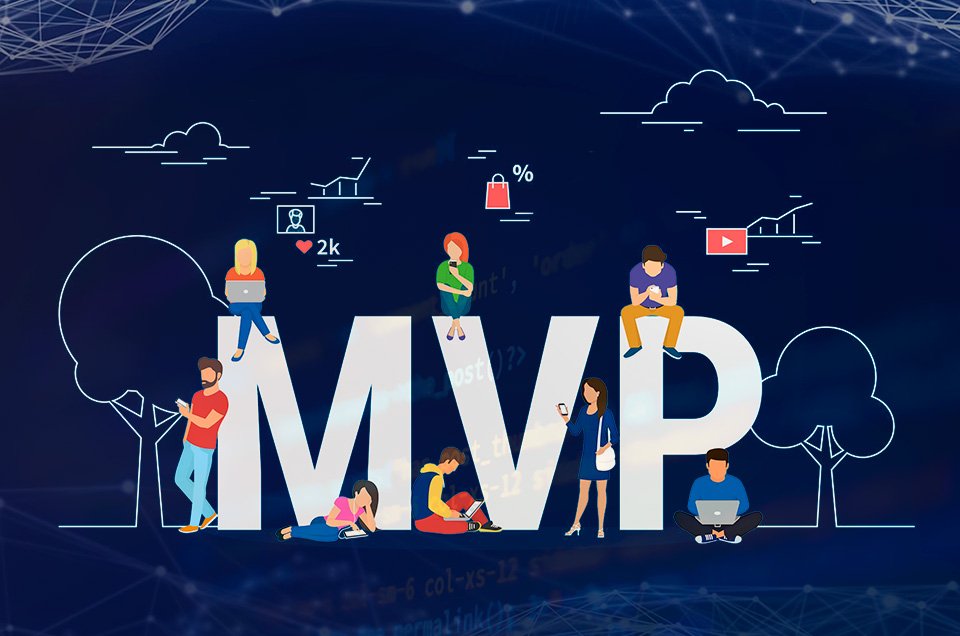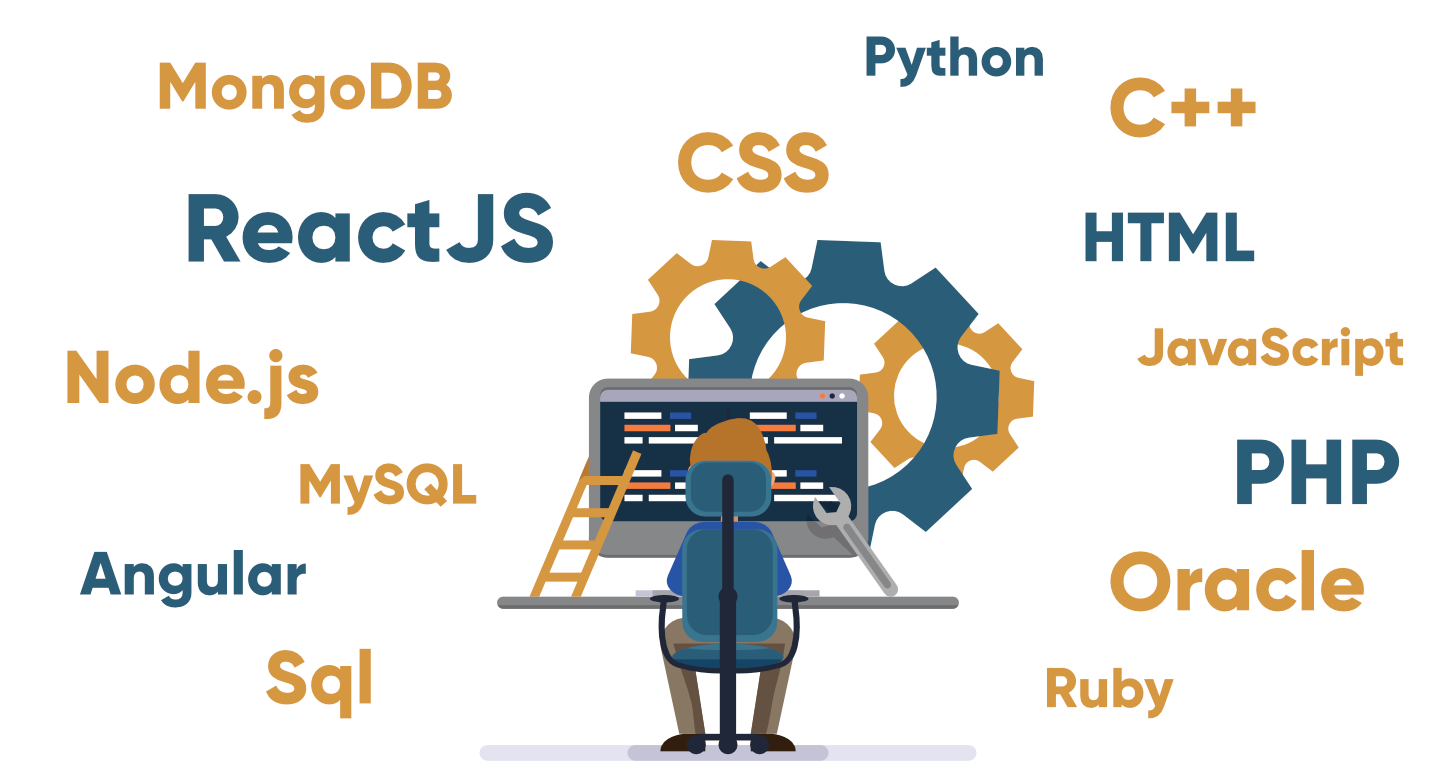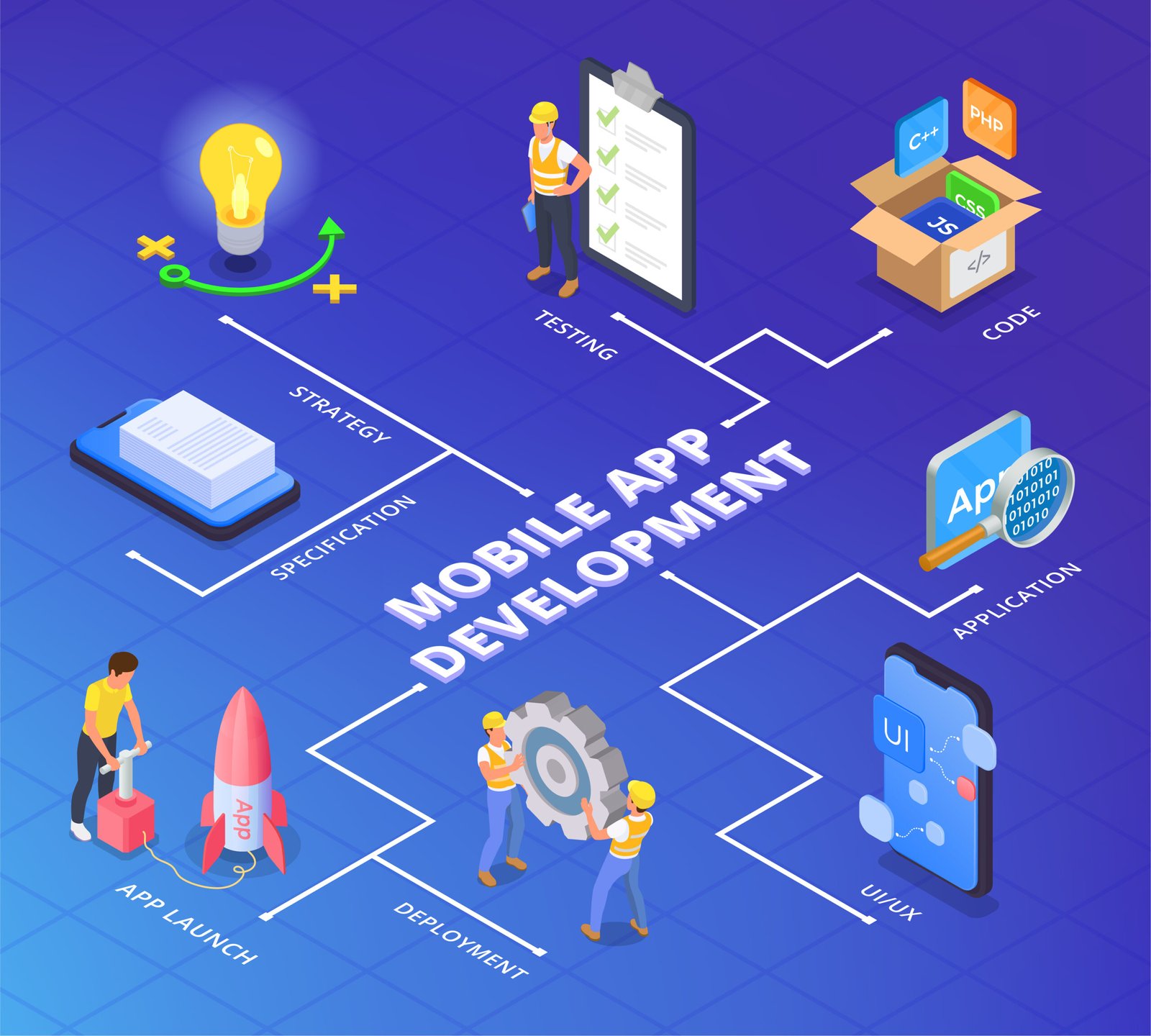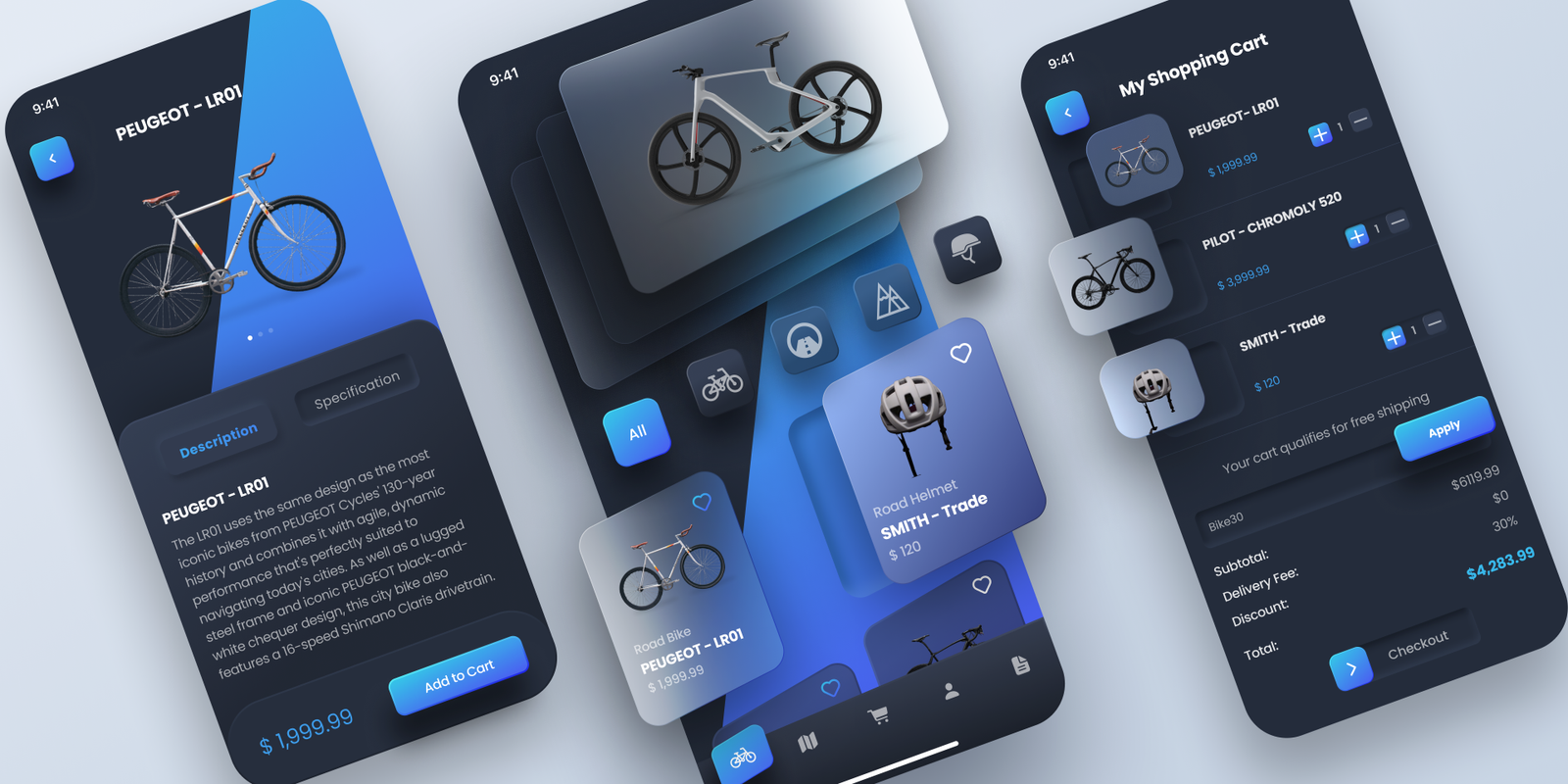Generative AI (GenAI) is no longer just a futuristic concept it’s a core driver of digital transformation across industries. From automating workflows and enhancing customer support to creating intelligent content and insights, GenAI is changing how businesses operate. However, many companies struggle to design and deploy GenAI solutions that scale effectively as their business grows.
At UXDLAB, we believe that scalability begins with strategy not just technology. Here’s an 8-step framework that helps businesses design, develop, and deploy scalable GenAI systems that deliver long-term value.

1. Define Clear Business Objectives
Every successful GenAI project begins with a clear purpose. Before diving into development, define why you need GenAI and what problem it will solve. Whether your goal is to automate customer service, improve content generation, or streamline analytics, clarity at this stage sets the foundation for success. Clear objectives also help determine which model to use, what data to collect, and how to measure performance. Start with one high-impact use case and scale gradually as results prove measurable. Identify and Prepare Quality Data
The quality of your AI depends entirely on the quality of your data. Gathering clean, diverse, and relevant data ensures your GenAI model performs reliably in real-world conditions. Data preparation includes collecting structured and unstructured information, cleaning inconsistencies, labeling samples, and ensuring compliance with privacy regulations. A strong data pipeline also allows continuous learning as new information flows in, making your AI system smarter over time. At UXDLAB, we help organizations design AI-ready data architectures that ensure both accuracy and scalability.
3. Choose the Right GenAI Model
Choosing the right GenAI model is a critical step in achieving scalability. Different models are suited for different purposes — large language models like GPT or Claude excel at text and conversation, while diffusion models and GANs are ideal for generating images or videos. The key is to match the model’s capabilities with your business goals and performance requirements. You can start with pre-trained APIs for quick deployment or develop custom fine-tuned models for specific domains. Evaluating models based on accuracy, cost, and adaptability helps future-proof your AI infrastructure.
4. Build a Scalable Infrastructure
A scalable AI solution needs a robust technical backbone. Cloud platforms such as AWS, Azure, or Google Cloud offer the flexibility and power required to handle large-scale AI workloads. Using cloud-native services, GPU acceleration, and containerized environments ensures that your system can automatically adapt to changing demand. Incorporating technologies like Kubernetes allows smooth scaling across multiple servers without performance drops. The right infrastructure ensures your GenAI system stays responsive, efficient, and cost-effective even as usage increases.
5. Design a Human-Centered UX/UI
No matter how powerful your AI is, users must find it intuitive and easy to interact with. Designing a human-centered interface bridges the gap between complex AI capabilities and user understanding. Focus on creating conversational, adaptive, and transparent experiences where users feel in control of the outcome. At UXDLAB, we specialize in crafting UI/UX designs that simplify interaction with AI systems while maintaining clarity, trust, and engagement. A well-designed interface transforms your GenAI system into a product users actually enjoy using.
6. Implement Strong Security and Compliance
Security should be integrated into every layer of your GenAI solution. Since AI systems often handle sensitive or proprietary data, ensuring privacy and compliance is essential. This involves implementing data encryption, access control, and regular audits to prevent misuse. Compliance with global standards like GDPR, HIPAA, or ISO ensures your solution remains trustworthy and legally sound. Beyond compliance, ethical AI design which includes fairness, transparency, and accountability strengthens the reliability of your system in the long run.
7. Continuously Test and Optimize
Deploying your GenAI solution is only the beginning. Continuous monitoring, testing, and optimization are essential for maintaining performance over time. Regularly evaluate your model’s accuracy, speed, and user satisfaction, and retrain it with updated data when necessary. Collecting user feedback helps identify areas of improvement, while A/B testing allows you to refine interactions and outputs. Scalability is not just about handling more users it’s about consistently improving quality as your AI evolves.
8. Scale and Integrate Across the Business
Once your pilot project proves successful, the next step is integration and expansion. Connect your GenAI system with existing business platforms such as CRMs, ERPs, or marketing tools to create a unified workflow. Scaling across departments ensures that AI benefits are distributed throughout the organization. Use APIs, microservices, or multi-agent architectures to enable seamless collaboration between systems. This strategic integration helps your business unlock the full potential of AI innovation
Designing and deploying a scalable GenAI solution requires the right mix of business strategy, technical expertise, and user-centered design. By following these eight steps, organizations can ensure that their GenAI investments deliver measurable value while remaining adaptable to future growth.
At UXDLAB, we combine AI development, UX design, and cloud engineering expertise to help businesses build powerful and scalable GenAI systems.
Let’s collaborate to bring your GenAI vision to life. Partner with UXDLAB today to design intelligent solutions that grow with your busines










































![Case Study: How We Helped [Client] Scale with a Custom Mobile App](https://uxdlab.com/wp-content/uploads/2025/08/case.png)














































































